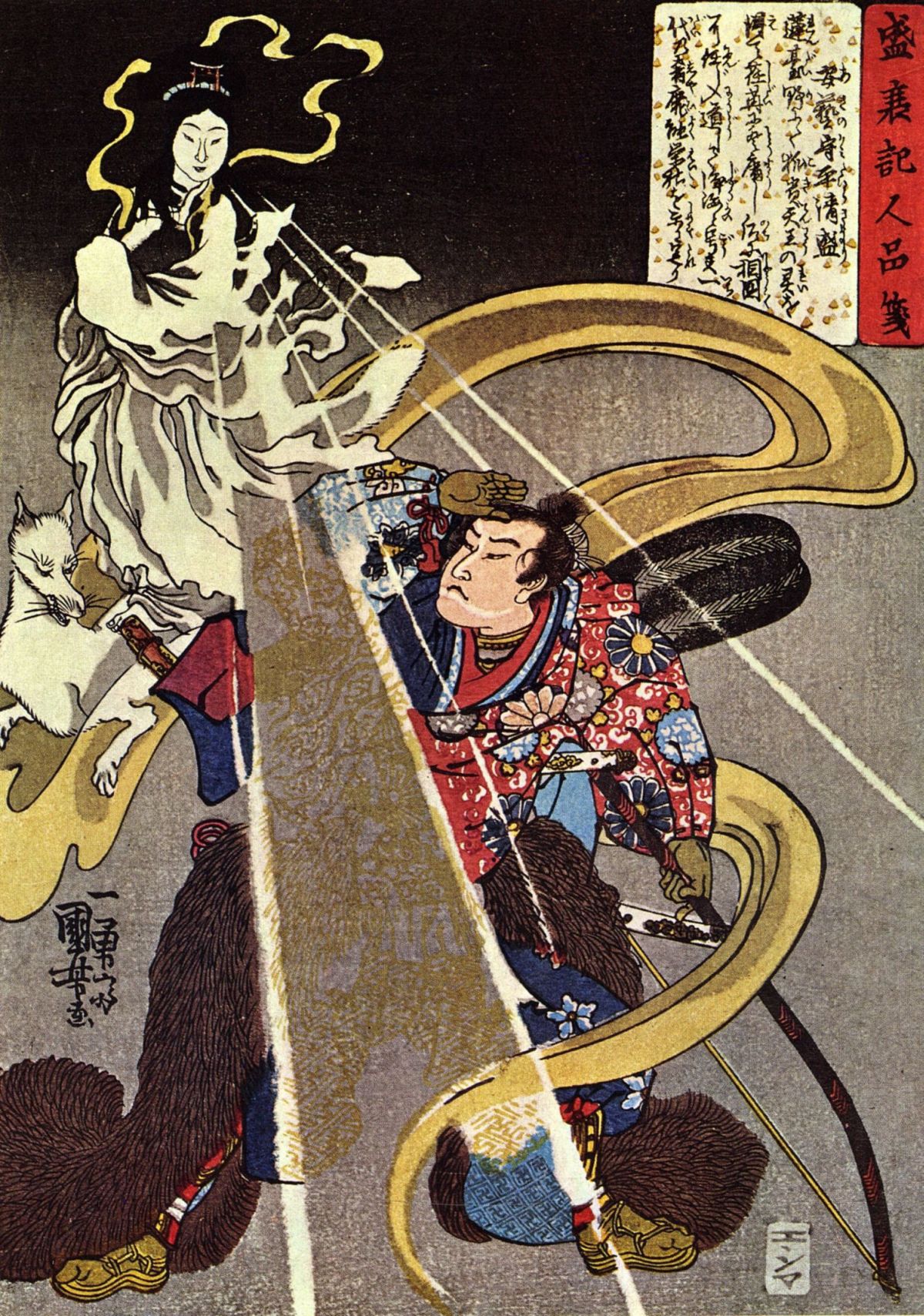Japanese Complete 1.0 is released today. Get a subscription and start mastering Japanese. Don’t just learn Japanese, master it!
Monthly Archives: December 2019
Japanese Complete Year 1 Curriculum
Tool for Mastering Japanese. Self Study Course. Valuable Supplement to any Live Curriculum. Drill-based Training. Audio Lessons and Reference-Grade material.
Japanese Diacritical Marks
In Japanese, diacritical marks like the dakuten and handakuten are considered markers that indicate if a sound is vocalised or plosive, respectively. Handaku-ten (“Half vocalised” = “Plosive”)半濁点・はんだくてん『○ ゚』は→ぱ、ひ→ぴ、ふ→ぷ、へ→ぺ、ほ→ぽ ha→pa, hi→pi, fu→pu, he→pe, ho→po Daku-ten (“Vocalised” = Hum while you say the sound)濁点・だくてん『○ ゙』 は→ば、ひ→び、ふ→ぶ、へ→べ、ほ→ぼ ha→ba, hi→bi, fu→bu, he→be, ho→bo か→が、き→ぎ、く→ぐ、け→げ、こ→ご ka→ga, ki→gi, ku→gu, ke→ge, ko→go た→だ、ち→ぢ、つ→づ、て→で、と→ど ta→da, chi→ji, tsu→dzu,Continue reading “Japanese Diacritical Marks”
What is Japanese Complete?
Japanese Complete is a tool for learning Japanese effectively and efficiently, while retaining ability long-term. How did you come to start working on Japanese Complete? The team behind the site and software is composed of avid language learners and we were simply solving a problem we all had, namely that there was no full, effective,Continue reading “What is Japanese Complete?”
The Four Types of Kanji
象形・指事・会意・形声 Kanji, ideograms that constitute a bulk of the Japanese written language, come in four rough types. Pictographs, Indicators, Combographs, and Meaning-and-Sound Borrowers. The first type is pictographs which stand in for the actual thing they represent. Some researchers claim fewer than 4% are actually pictographs. 1 象形文字 しょうけいもじ 人 biped (human)女 woman手 hand田 ricefield子Continue reading “The Four Types of Kanji”
What does 「すみません」 actually mean?
The definitions of 「すみません」「すみません」の定義 「すみません」 is the standard polite form of 「すまない」 and is used when, with your present company you wish to express: 謝罪 an apology 感謝 a sense of gratitude 依頼 when you wish to request something Often translated as “Excuse me,” the word 「すみません」 has three subtle senses that may help explainContinue reading “What does 「すみません」 actually mean?”
「見えない」and「見られない」 How are they similar, what do they mean?
「見えない」と「見られない」 The best way to see the difference between 見えない and 見られない is through examples: 微粒子は肉眼ではほとんど見えない。Minute particles are hardly visible to the naked eye. 彼は片目が見えない。He is blind in one eye. 肉眼ではほとんど見えない星もある。Some stars are hardly visible to the naked eye. ここじゃないと見えないんだ。I can only see it (the game) from here. 彼女は彼に涙を見られないようにした。She turned away so he could notContinue reading “「見えない」and「見られない」 How are they similar, what do they mean?”
How to Input Japanese via Keyboard
「キーボードで日本語の入力」 “Japanese Input via Keyboard” Modern Mobile Japanese Input Methods Each button is actually a mask of five letters. Since Japanese is consonant-vowel pairs you can simply choose the correct consonant (K or T) and then choose the correct vowel (A or O) and end up with your result when you release (KA or TO).Continue reading “How to Input Japanese via Keyboard”
Twenty Vowels English Make, Simply Seven Japanese.
English in all its glory has pure vowels 12 and 8 vowels glide. Compare this with Japanese that has 5 vowels. “Pure” Vowels of English/ı/as in hit/ɪ/ as in read/e/ as in bed/æ/as in bat/ɑː/as in hard/ɒ/ as in shot/ɔː/ as in short/ʊ/as in full/uː/ as in school/ʌ/ as in hut/ɜː/as in alert/ə/ as in aloudContinue reading “Twenty Vowels English Make, Simply Seven Japanese.”








